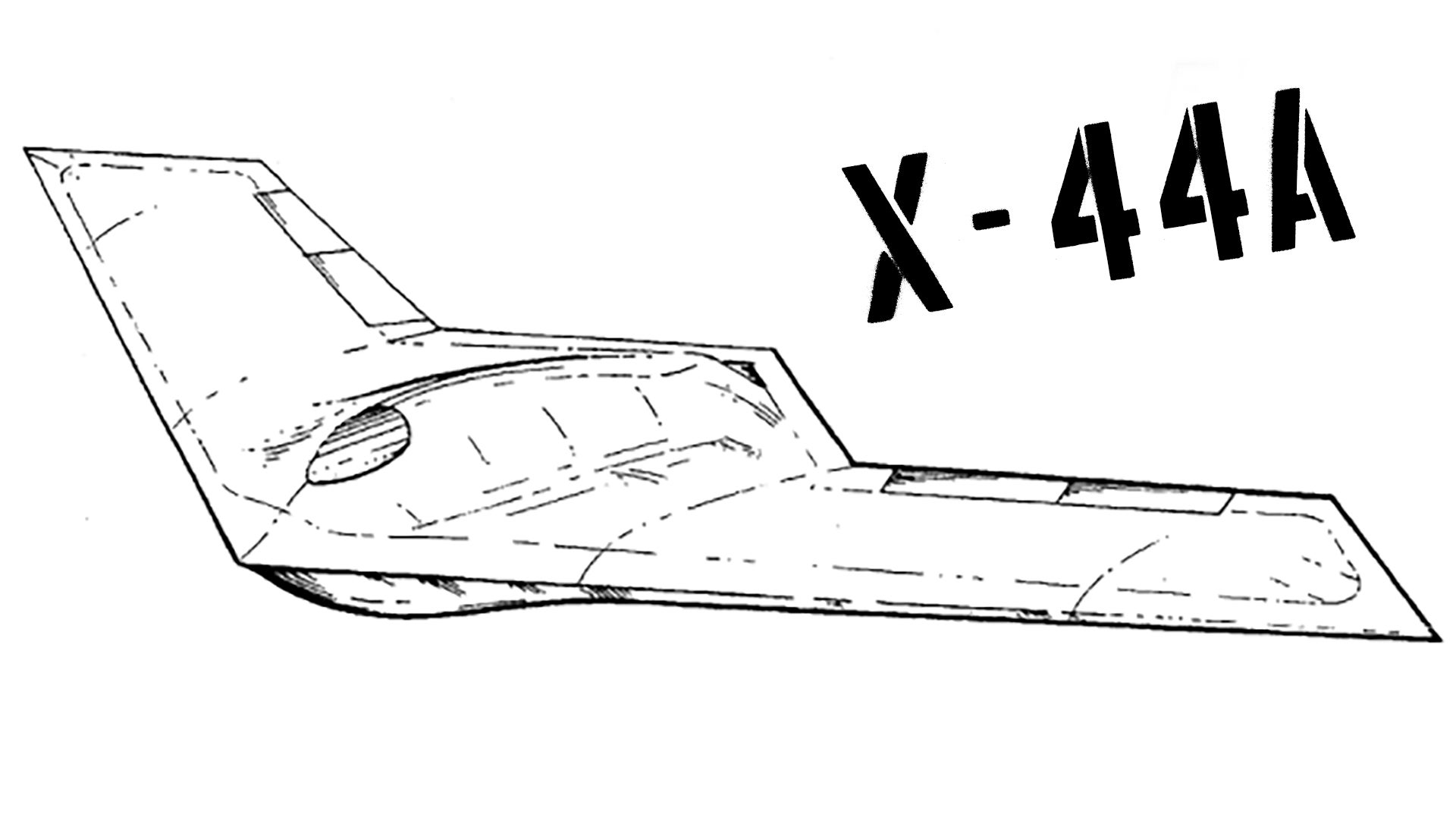An aircraft that represents a missing technological link between Lockheed’s abortive “Tier III-” RQ-3 Darkstar unmanned penetrating and long-loitering spy aircraft and the company’s history making RQ-170 Sentinel is now coming to light. This previously unknown (to the public) flying-wing drone was built by Lockheed Skunk Works in 1999, shortly after the RQ-3 program vanished.
This new program, which aimed to prove rapid manufacturing technologies and penetrating aerial reconnaissance capabilities, as well as the aerodynamic validity of a relatively small, tailless, swept-wing drone, was dubbed the X-44A and first took to the skies in 2001.
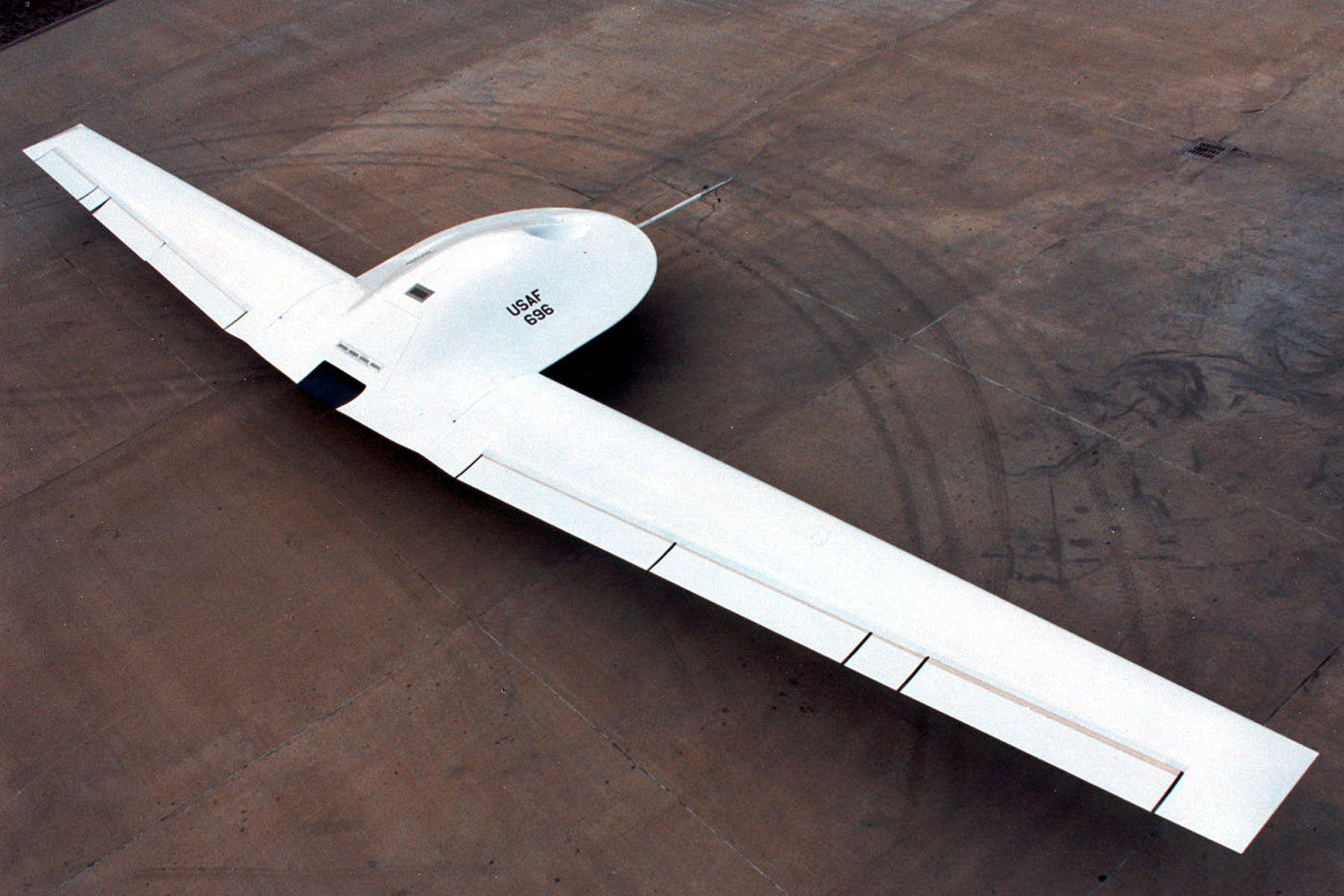
The shadowy aircraft’s designation is outright confusing as the X-44 “Manta” is largely known as a program that aimed to test a tailless manned aircraft design that emanated from the same period of time. This notional aircraft would use thrust vectoring for primary flight control, with the objective being to realize new speed, fuel efficiency, and maneuverability capabilities with such a design, as well as to demonstrate simpler and cheaper forms of aircraft structures production.
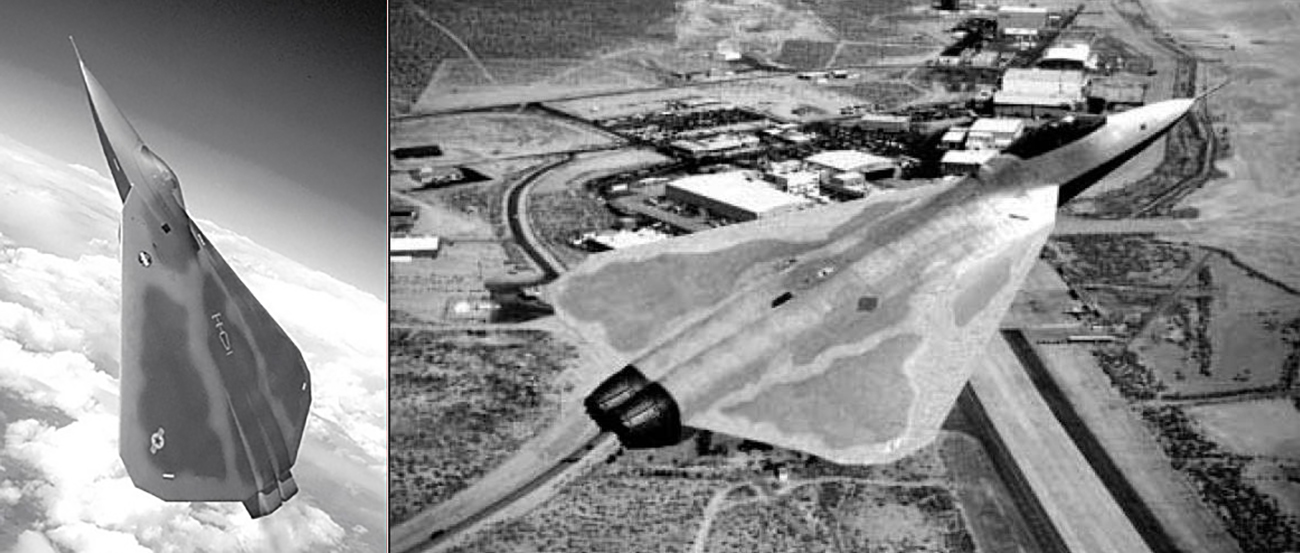
This USAF and NASA led program was supposedly cancelled around the turn of the millennium with some conceptual art being all that is left to show for it, which mainly includes drawings of what appears to be a tailless F-22 with an expanded trapezoidal wing.

It is unclear at this time how Lockheed’s fat little flying-wing drone also ended up with the same X-44 designation, but there doesn’t seem to be any direct relation between the two programs.
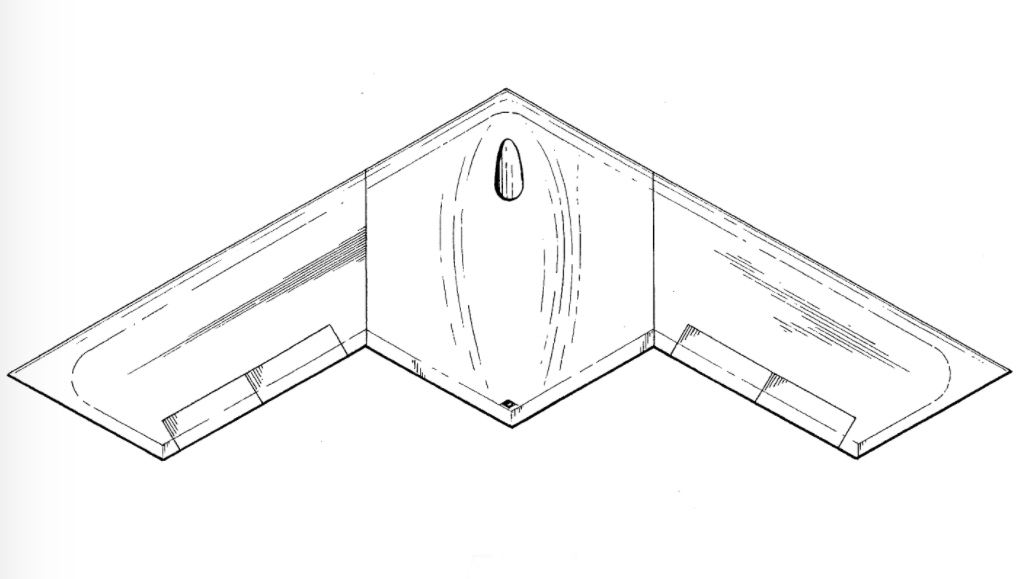
A patent dated 1996 and belonging to Lockheed has been identified as the real X-44A’s design, or at least very close to it. The X-44’s skin is supposedly made out of nano-carbon fiber and it’s powered by a Williams F112 turbojet engine. The F112 powerplant is used in cruise missiles, such as the stealthy AGM-129, but it has also been used in other unmanned technology demonstrators, like the McDonnell Douglas’s X-36 and Boeing’s X-50.
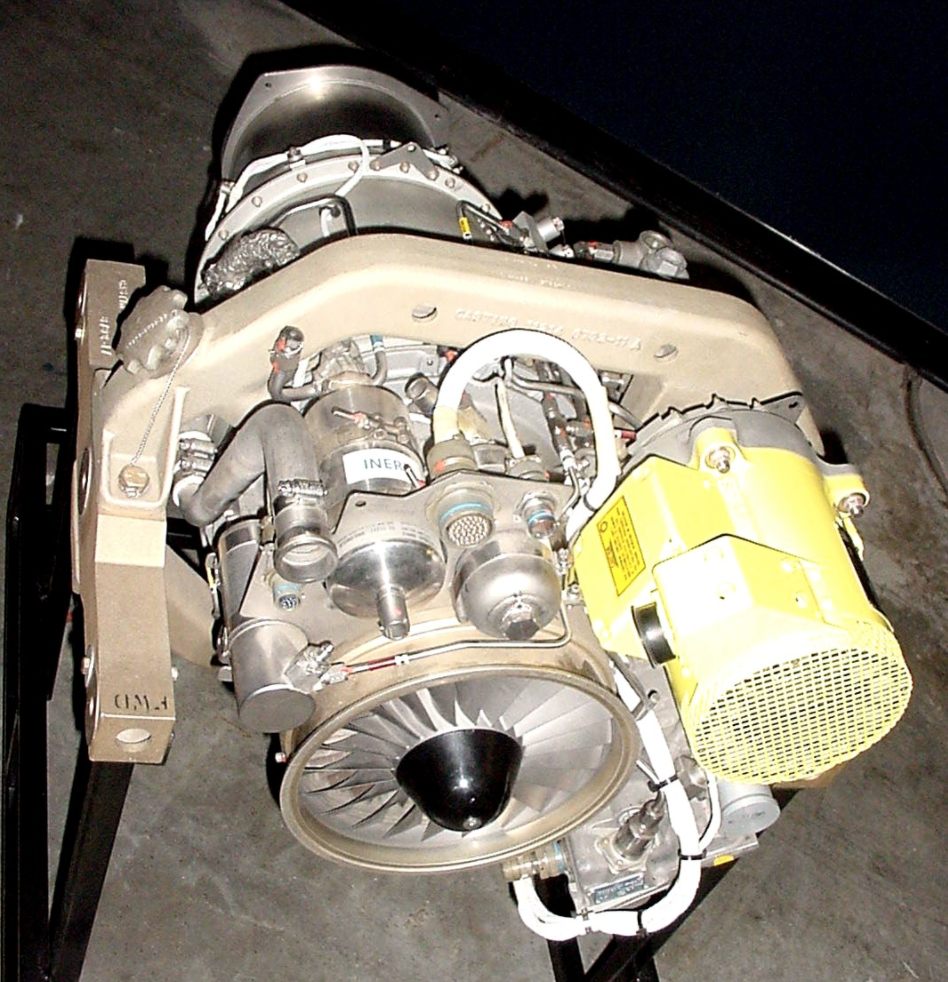
Size wise, the X-44 has a wingspan of approximately 30 feet, making it roughly half the size of its RQ-170 successor. The airframe is modular in nature with a potato-like fuselage that could carry various sensors. It is also likely that the aircraft could have its wings detached for transport, similar to the RQ-170. The aircraft is guided by traditional control surfaces along its trailing edge and it features rakes, squared-off wingtips.
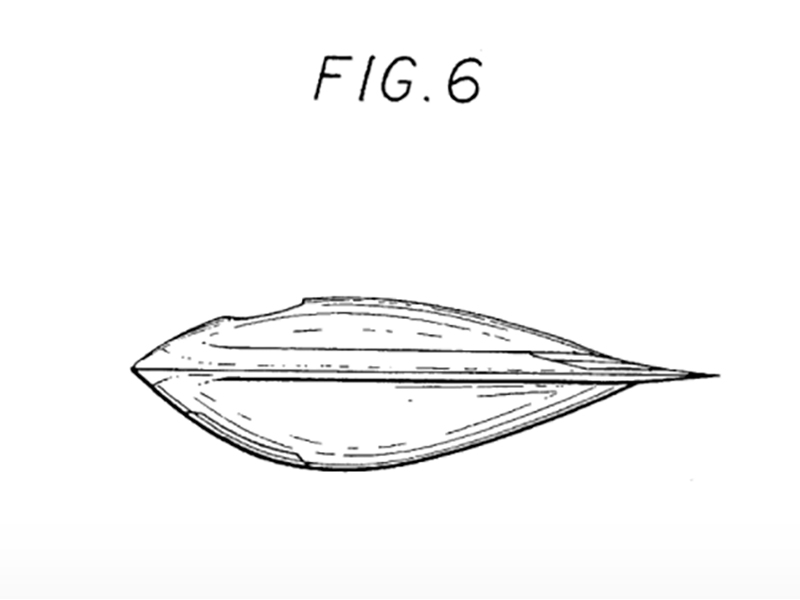
Aside from doing independent research for Lockheed Martin, the X-44 was apparently also part of some sort of competition between Boeing, Northrop Grumman, and Lockheed, the outcome of which remains unknown but it seems as if Lockheed lost. The goal of that competition is unknown, but it could have been an early semi-disposable stealthy drone program very similar to the Air Force Research Lab’s current Low-Cost Attritable Strike Demonstration (LCASD) initiative.

The aircraft wears the insignia below, a mysterious crest that has become popular in aerospace-defense crowds after being presented initially in Trevor Peglen’s book I Could Tell You But Then You Would Have to be Destroyed by Me: Emblems from the Pentagon’s Black World.
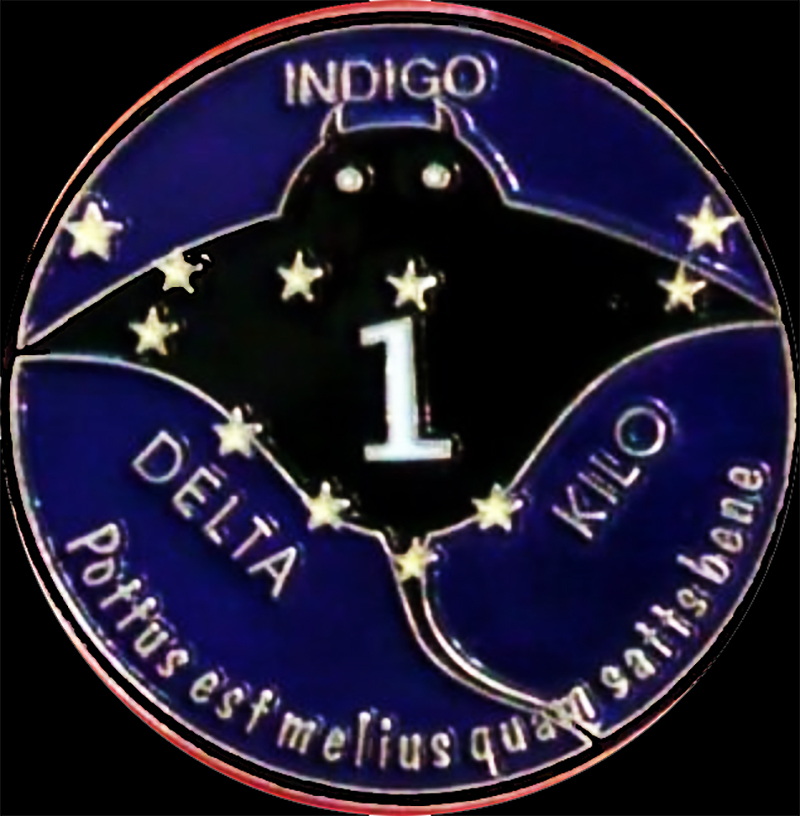
The crest features a black manta ray, which is interesting because “Black Manta” was the nickname for the aforementioned canceled X-44 program. It reads pottus est melius quam satis bene: “Making something better than just good enough”—this could be in reference to the manufacturing techniques used in the X-44’s creation. Indigo, Delta, Kilo seems to be a reference to “I Don’t Know,” underlining the deep classification of the program. The number one and constellation of stars remain a mystery. Usually six stars signify Area 51 as a primary test location, but in this case there are 11.
In recent years, the Skunk Works X-44 was refitted and used to evaluate visual cueing systems for the Navy’s upcoming Carrier Based Aerial Refueling System (CBARS) tanker drone program. Lockheed, which hasn’t yet shown off its entrant into the CBARS tender, faces stiff competition from General Atomics and Boeing.
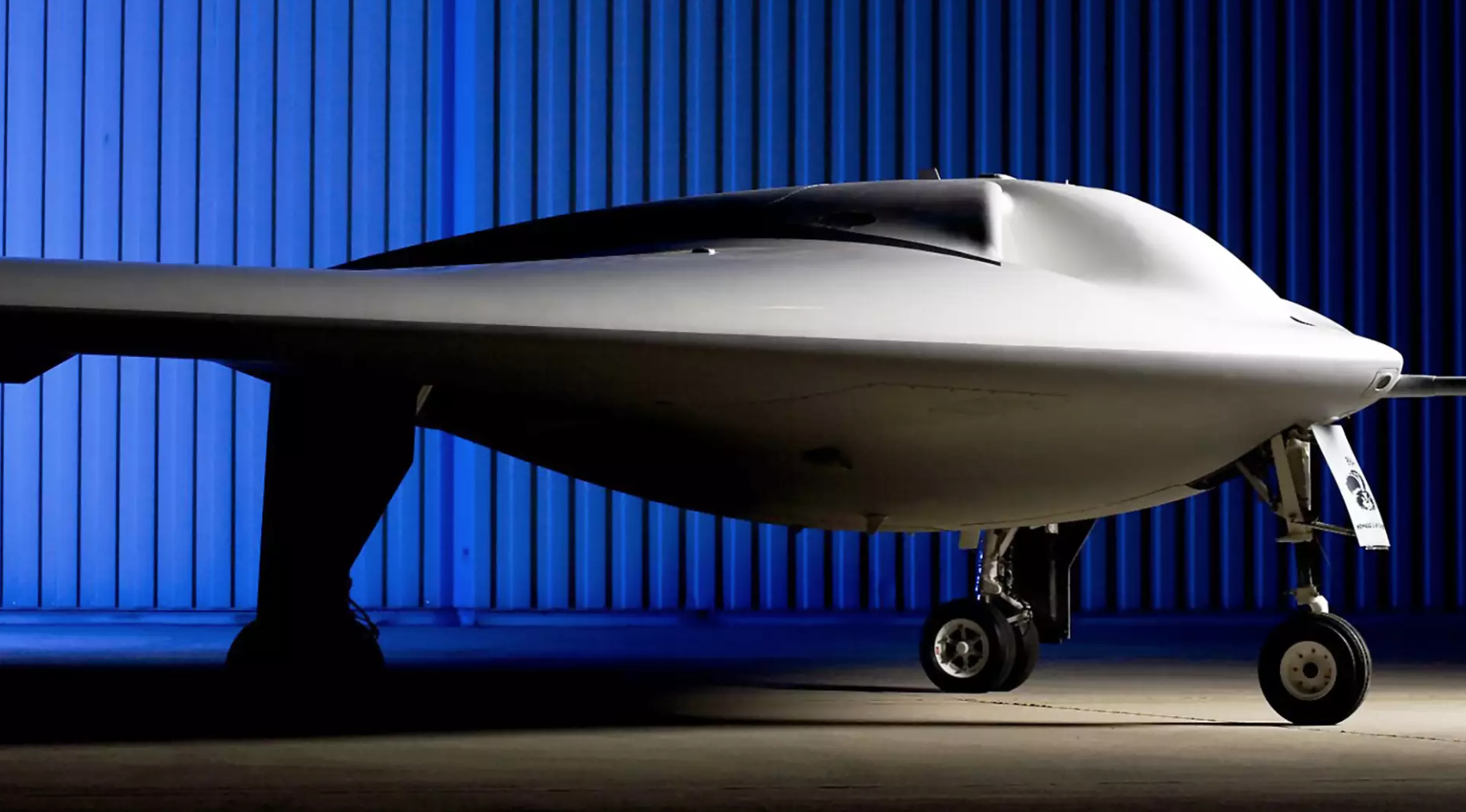
What the X-44 provides us with is a new evolutionary stepping stone in a lineage of aircraft that collectively represent the Skunk Works’ quiet dive into the high-end unmanned space—a space that became increasingly promising in the early 2000s.
The type likely served as one of the cruder forerunners to a family of stealth unmanned aircraft systems, some of which are undoubtedly still cloaked in secrecy. But one can clearly see how it helped spawn the P175 Polecat demonstrator, which had similar program goals and overall similar design, but on a much larger and more advanced scale.
Other aircraft also likely existed during the early and mid 2000 that are part of this family of clandestine flying-wings courtesy of the Skunk Works. Following the attacks on 9/11, a penetrating and persistent reconnaissance capability would have been a top priority, and it is widely understood that a similar clandestine aircraft system belonging to Lockheed participated in Operation Iraqi Freedom. This was likely a semi-operational forerunner to the RQ-170 Sentinel, which first appeared publicly at Kandahar airfield in Afghanistan in 2007.

The RQ-170 Sentinel in particular, which helped in finding and finishing-off Osama Bin Laden, kept tabs on the Iran’s nuclear program, and famously fell into the hands of Iran in 2011, not to mention also likely flying missions over other hostile territories such as North Korea, is a known operational benefactor of the X-44A’s existence, and there surely are others. You can learn all about the intriguing and mysterious saga of America’s stealthy unmanned combat air vehicle (UCAV) programs and why they disappeared in this past TWZ super feature.
Hopefully the Skunk Works will post photos of this intriguing aircraft and more information on its backstory in the near future. That being said, the logic behind keeping it classified for so long is quite puzzling considering its simplicity and diminutive size compared to high-end unmanned systems we know of today.
Above all else, the nearly two decade old X-44A serves a reminder that there is so much technology and history buried in the deeply classified “black” world that we have yet to learn about.
We have reached out to Lockheed about the X-44 but have not heard back. We will keep you updated if we receive more information on this historic aircraft.
Contact the author: Tyler@thedrive.com
